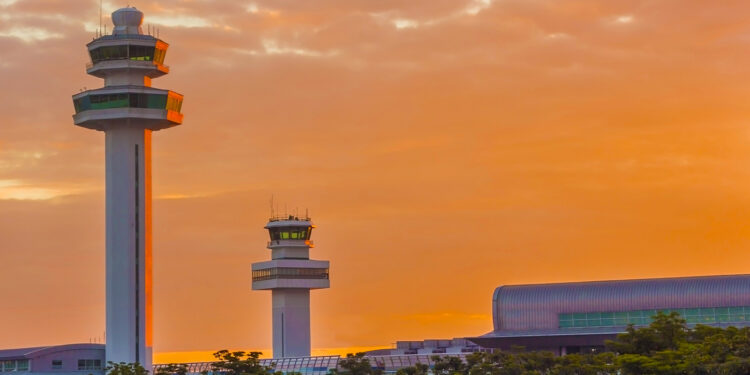Bizav Operations to Amsterdam – Part 2: Compliance and Enforcement of Performance Navigation Mandates

This business aviation blog post continues from our article last week entitled “Bizav Operations to Amsterdam – Part 1: Flight Planning / Performance Navigation Requirements .”
The Safety Assessment of Foreign Aircraft (SAFA) inspection program was established by the European Civil Aviation Conference. SAFA ramp inspections are conducted by regulatory authorities of European Union (EU) member states. Any business aircraft operator arriving at Amsterdam (EHAM) without appropriate RNAV-1 or P-RNAV certification will face regulatory consequences if intercepted by a SAFA inspection team.
Below is an overview of what you need to know.
1. SAFA inspections have become more frequent in the EU
Ramp audits of aircraft and crew have become more commonplace throughout the EU. More and more SAFA inspection teams are being deployed at a growing number of airports. The role of a SAFA inspection team is to review aircraft documents, flight plans, crew licenses, and maintenance logs of foreign-registered aircraft to ensure that both aircraft and crew are qualified to operate to the airport in question. Ramp checks are conducted at random; however, certain country registrations – including Bermuda, Cayman, and Isle of Man – seem to attract more frequent SAFA checks. Some reasons these checks have become more common are that operators have not had the required documentation onboard, operators have not maintained the aircraft properly, and operators have not been current on required certifications.
2. SAFA inspection experience
A SAFA inspection typically takes one hour or more to review all onboard documentation. The inspection process does not involve or detain passengers. In most cases, SAFA inspectors will approach the flight crew on landing and not just prior to takeoff. Depending on findings of an inspection, you may be fined. If an infraction is considered more severe, you could be blacklisted and not allowed to operate to a particular airport.
3. Have required documentation/certifications on board and accessible
At EHAM you’ll need to prove to SAFA inspectors that you’re correctly equipped and certified for RNAV-1 or P-RNAV. Any letters of approval from your governing authority – with regards to RNAV-1 and/or P-RNAV certification – need to be on board and available for inspection. (This is in addition to all other required documentation that must be on board.) If you’d like to see if SAFA has any records on your aircraft, you may apply online at the SAFA website. This inspection information is also available to the Federal Aviation Administration and other governing authorities, so they may check any noted infractions for a particular aircraft.
4. Preparing for a SAFA ramp check
SAFA inspection teams are a fixture at many airports in the EU, and ramp checks may be more or less frequent depending on the destination. Nice (LFMN), EHAM, and all Paris-area airports currently seem to be hot spots for SAFA inspections of general aviation aircraft. This can change, and SAFA inspections across the EU region are likely to increase over coming years – especially with future aviation Safety Management System requirements coming into place.
Closing thoughts
If approached by SAFA team members, ensure that all appropriate documentation is made available to them. Best practice, particularly when operating to EHAM, or the EU in general, is to review SAFA inspection requirements, in advance, and have all required documentation onboard as part of your pre-trip checklist.
Questions?
If you have any questions about this article or flight planning in Europe, contact me at markmiller@univ-wea.com.




